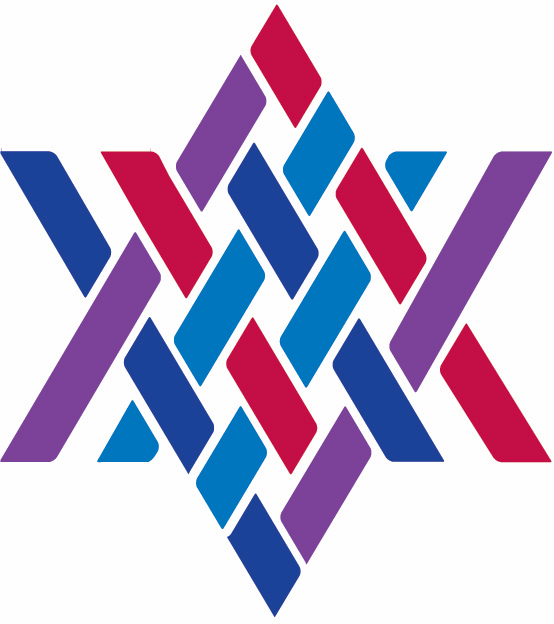Parashat Shemot
By Hazzan Marcia Lane
In 2007 the Jewish world lost a giant by the name of Alfred J. Kolatch. He was a rabbi, but didn’t always use his title. He was also the author of more than 25 books, including The Jewish Book of Why and The Jewish Child’s First Book of Why, but for many of us he is best known and loved for having written The Complete Dictionary of English and Hebrew First Names. It was first published as The Name Dictionary in 1967, revised in 1984, and is so universally respected that it has a place on virtually every rabbi’s, cantor’s, Read More >

